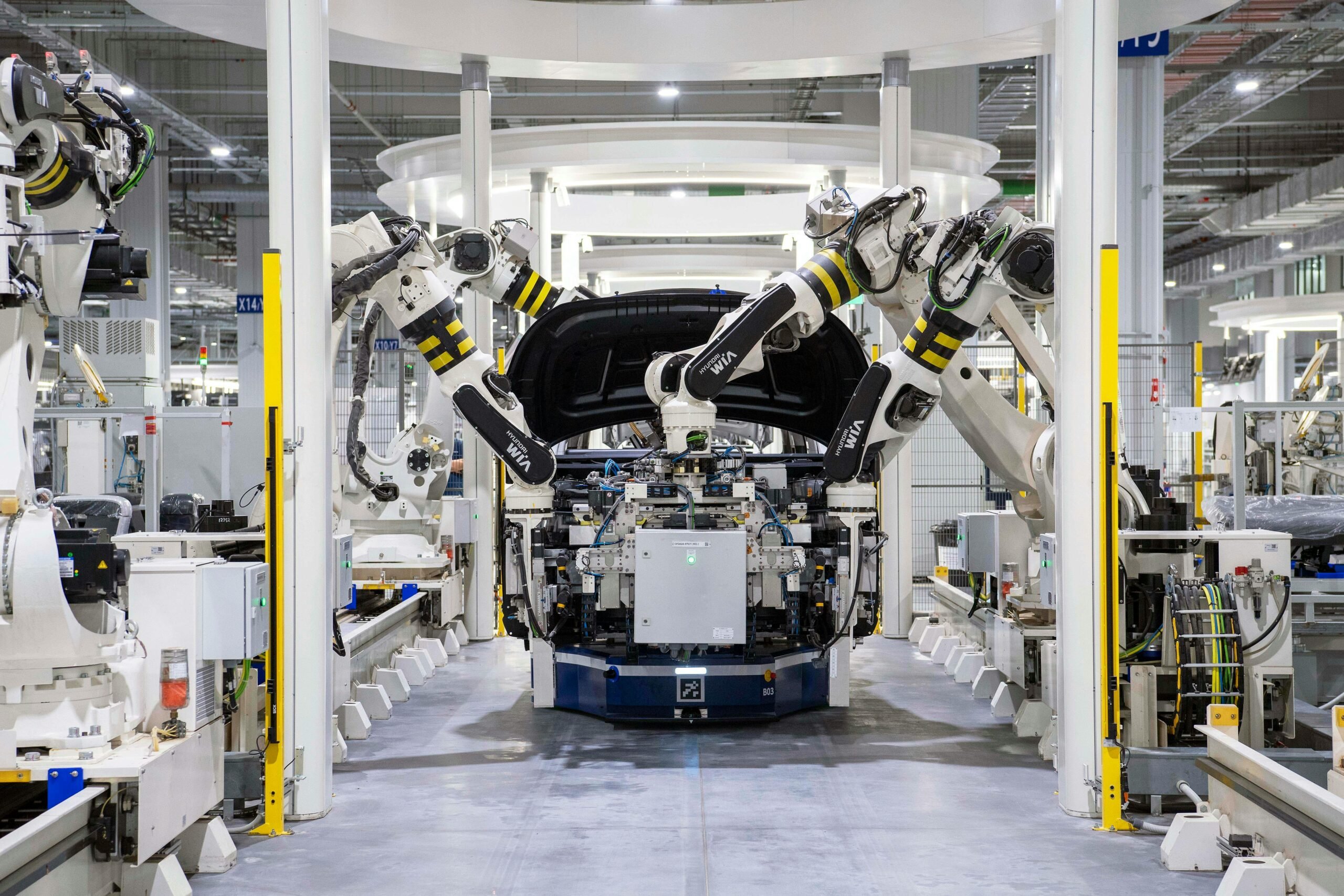America is entering a workforce crisis. Half a million U.S. manufacturing jobs are open and ready for workers. Nobody wants to take the jobs.
Why?
In some cases, these are “dirty, dull or dangerous” tasks, ripe for AI or robotic innovation. Think of the use of robotic pickers in order fulfillment and the rise of smart factories or how AI will be applied in the mining industry. In other cases, manufacturers simply can’t find skilled workers.
While jobs remain unfilled, more vacancies are coming as manufacturing veterans age out of the workforce. Nearly a quarter of the sector’s workforce is over 55.
Many are unprepared for this transition. The Northeast Wisconsin Manufacturing Alliance found that three-quarters of manufacturers see the aging workforce as a challenge, but only 35 percent know how they will solve the issue.
Blue collar AI: The convergence of AI and physical labor
It’s clear that blue collar work is shifting. Industrial operators are at risk of losing the institutional knowledge of retiring workers. At the same time, they’re struggling with attracting and retaining new generations of digital natives. Approximately 48% of Gen Z employees in manufacturing intend to leave their jobs within the next three to six months.
Industrial AI can help with both ends of this generational divide, ingesting decades worth of historical data, trends and learnings while also empowering new workers with the benefits of sophisticated prediction, diagnosis, prescription and automation. This upskilling is critical.
Going beyond detection to action is possible because of agentic AI. Gartner describes this new wave of AI as “goal-driven software entities that use AI techniques to complete tasks and achieve goals. … They don’t require explicit inputs and don’t produce predetermined outputs. Instead, they can receive instructions, create a plan and use tooling to complete tasks, and produce dynamic outputs.”
One of the promises of agentic AI is to create a synthetic workforce – a set of AI agents that can act autonomously to automate tasks and workflows that previously might have taken human workers weeks or months to complete. From safety violation incident review and compliance reporting, to remote monitoring of distant and dangerous sites, to advanced analysis of seismic imaging: tasks that are highly repetitive, risky or computationally challenging are often better suited to synthetic agents than to people.
Industrial AI’s synthetic workforce is poised to solve real-world challenges
The industrial sector can be slow to adopt the latest technologies. Large organizations don’t want change if existing processes aren’t broken; you don’t want to take on unnecessary risks when it comes to critical operations.
Ignoring the agentic AI revolution is an even greater risk. The need to address generational change while navigating the pressure to become faster, more resilient and cost-efficient is too great.
Industrial AI is here for all industries to solve:
- Labor shortages in critical roles, especially as experienced workers retire
- Operational complexity in remote or hazardous environments
- Competitive pressure to be faster, more resilient and more cost-efficient
To thrive in the new era of work, manufacturing companies require autonomous systems that can sense, decide and act—often in safety-critical, edge-deployed environments. The real challenge now is delivering reliability, explainability and safety at industrial scale.
Speak to an expert to learn how to accelerate your journey to autonomous operations through industrial AI.




